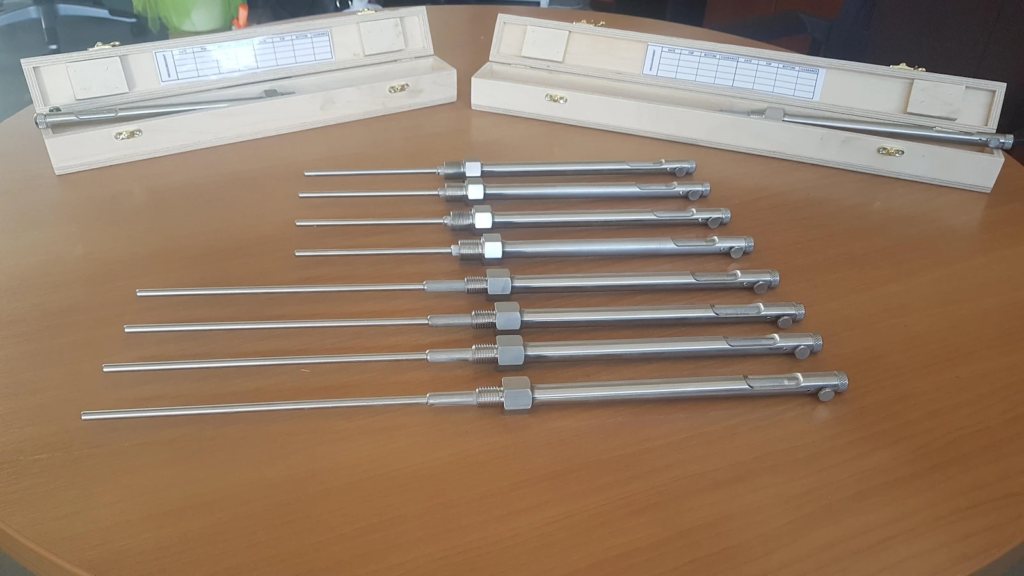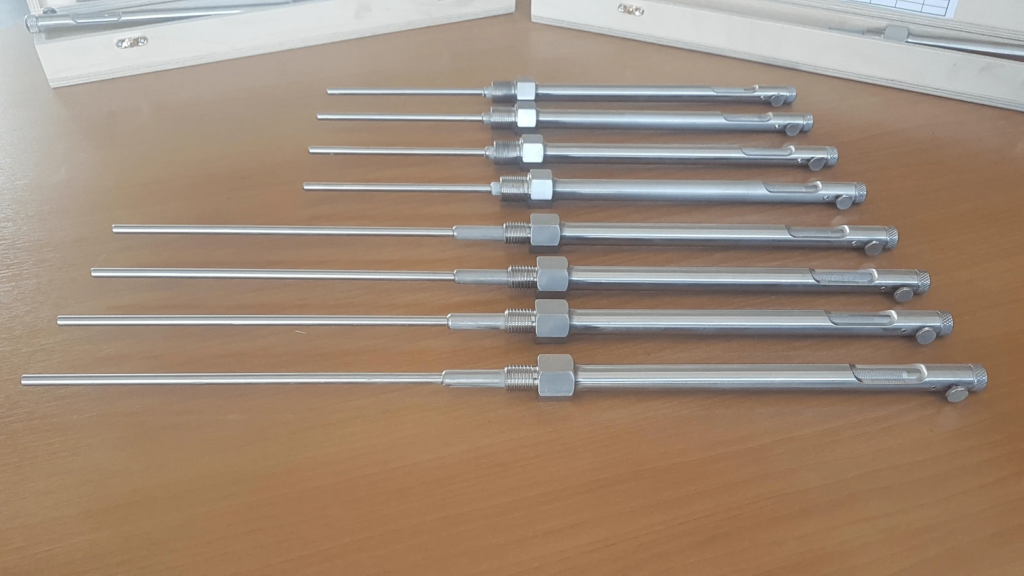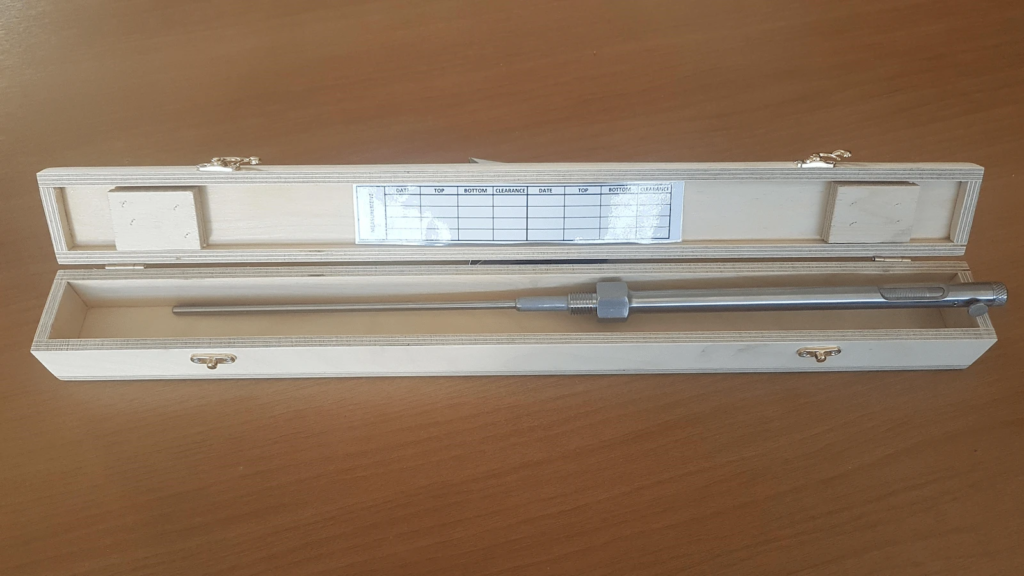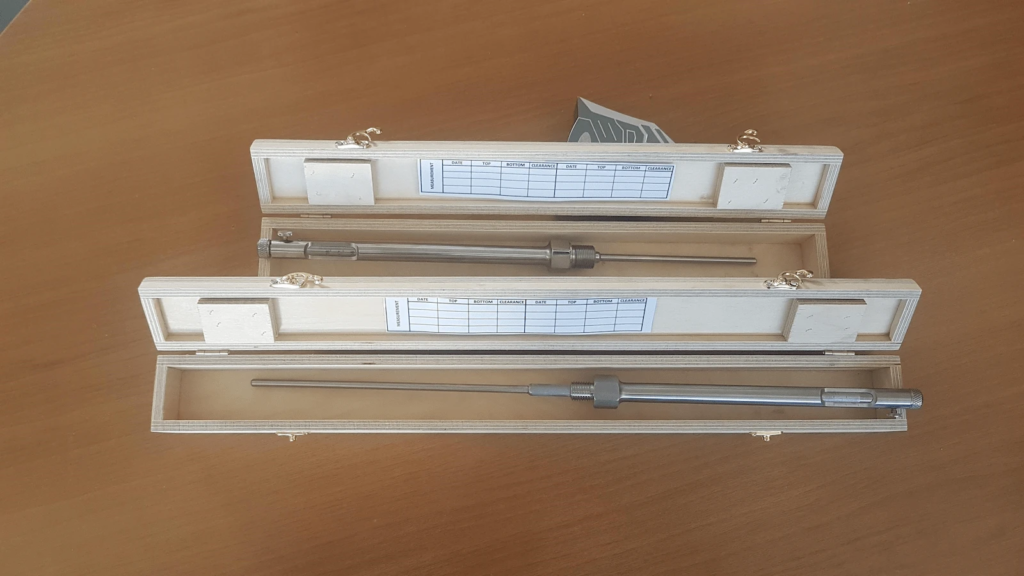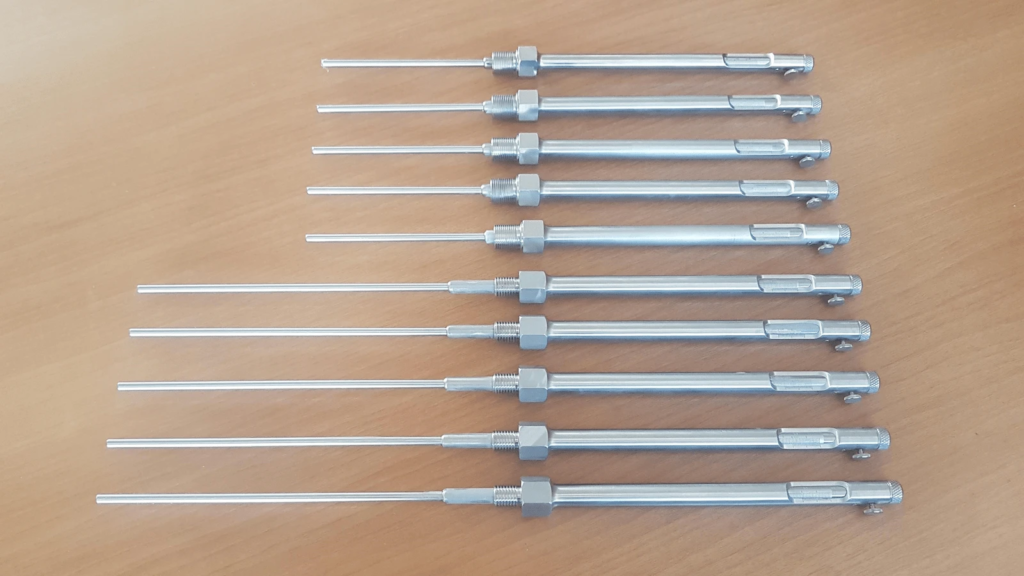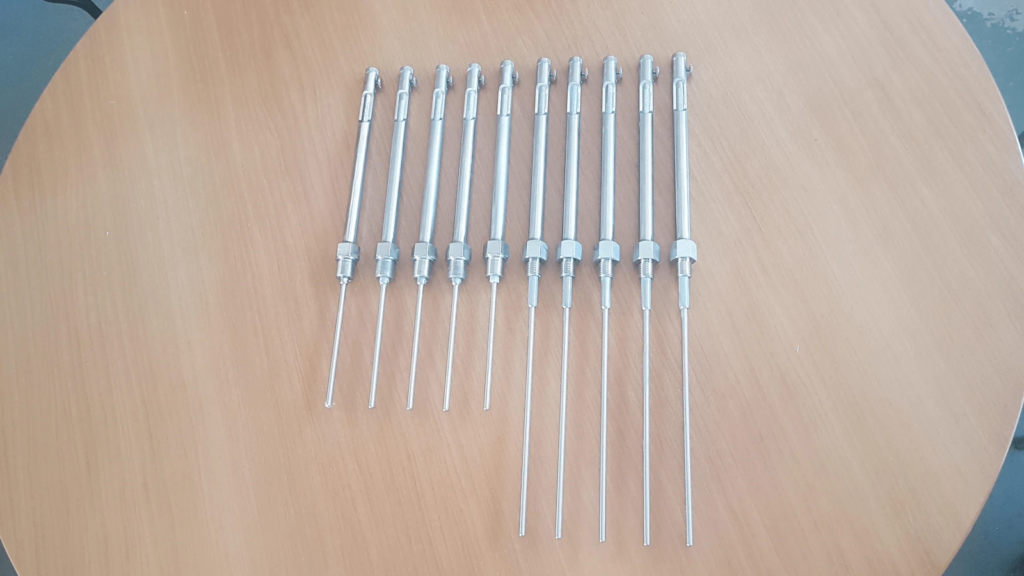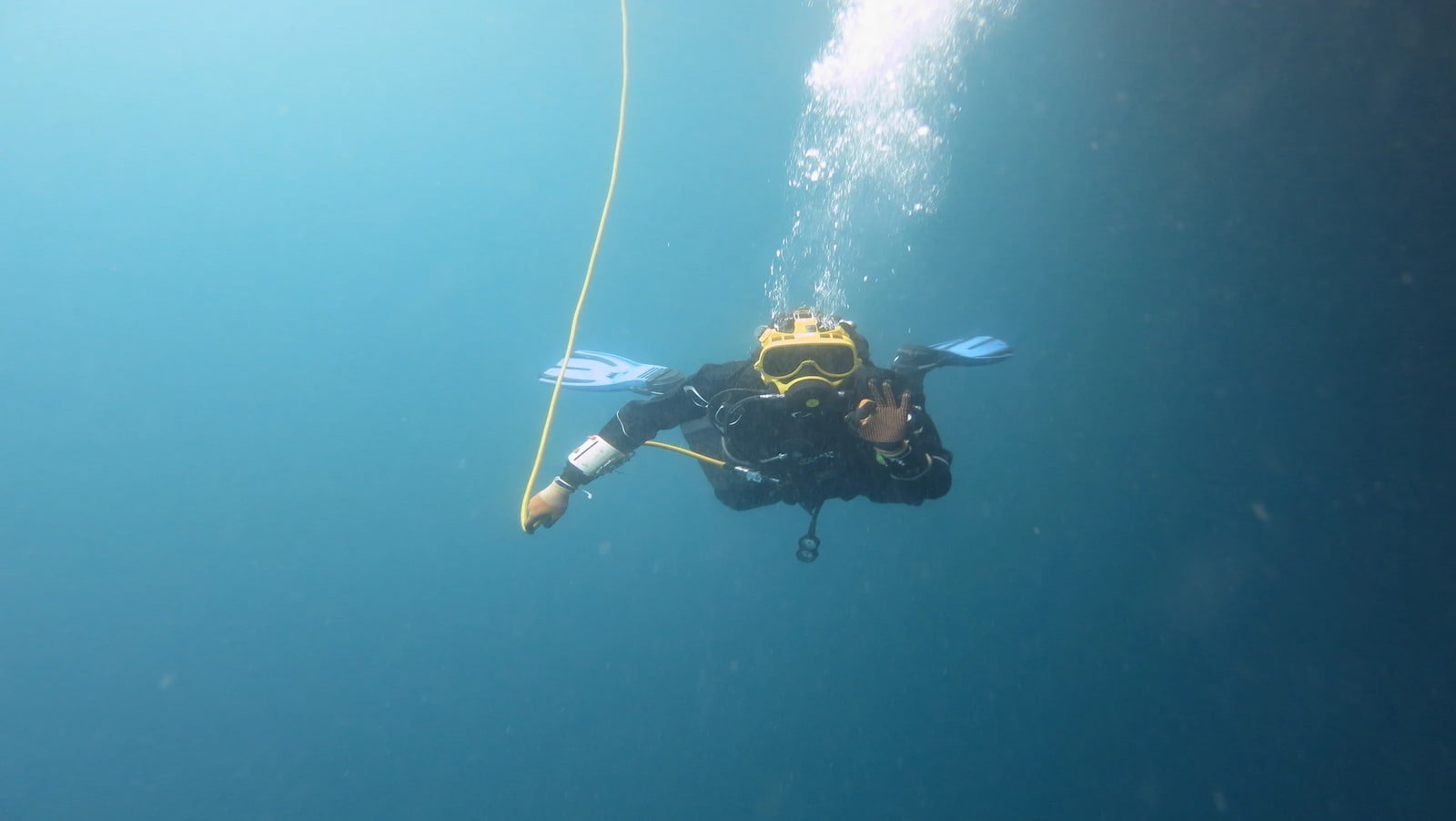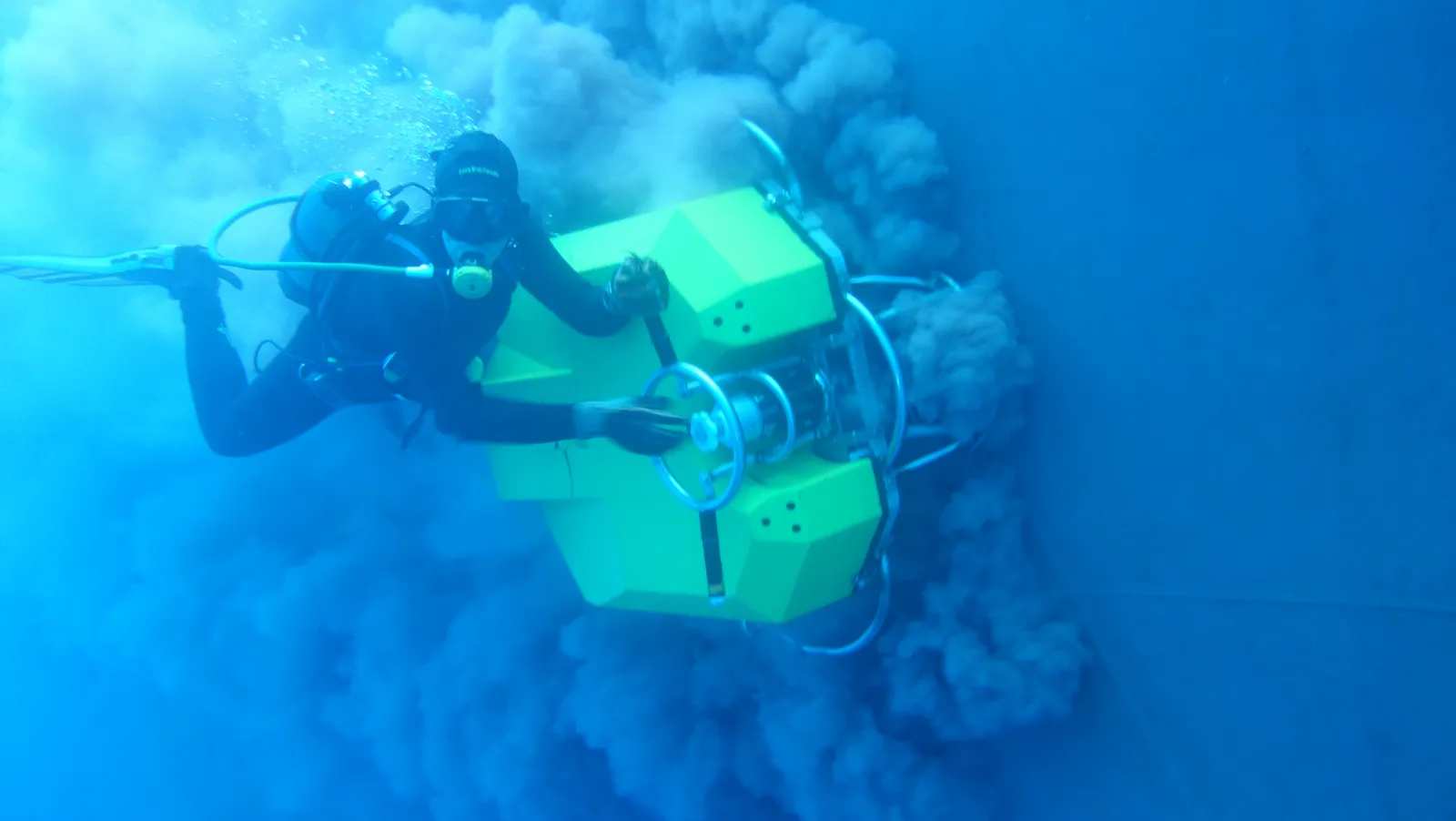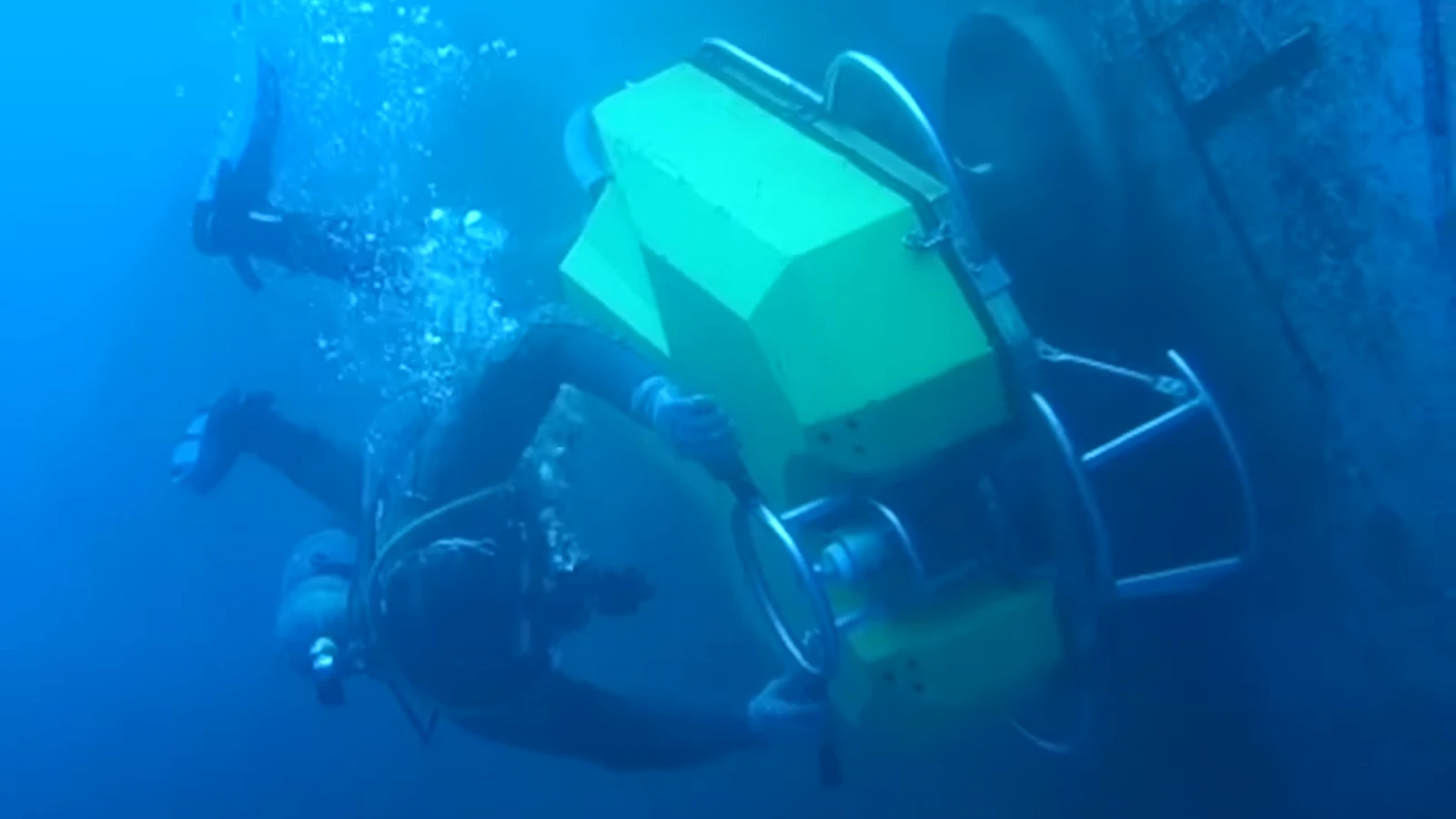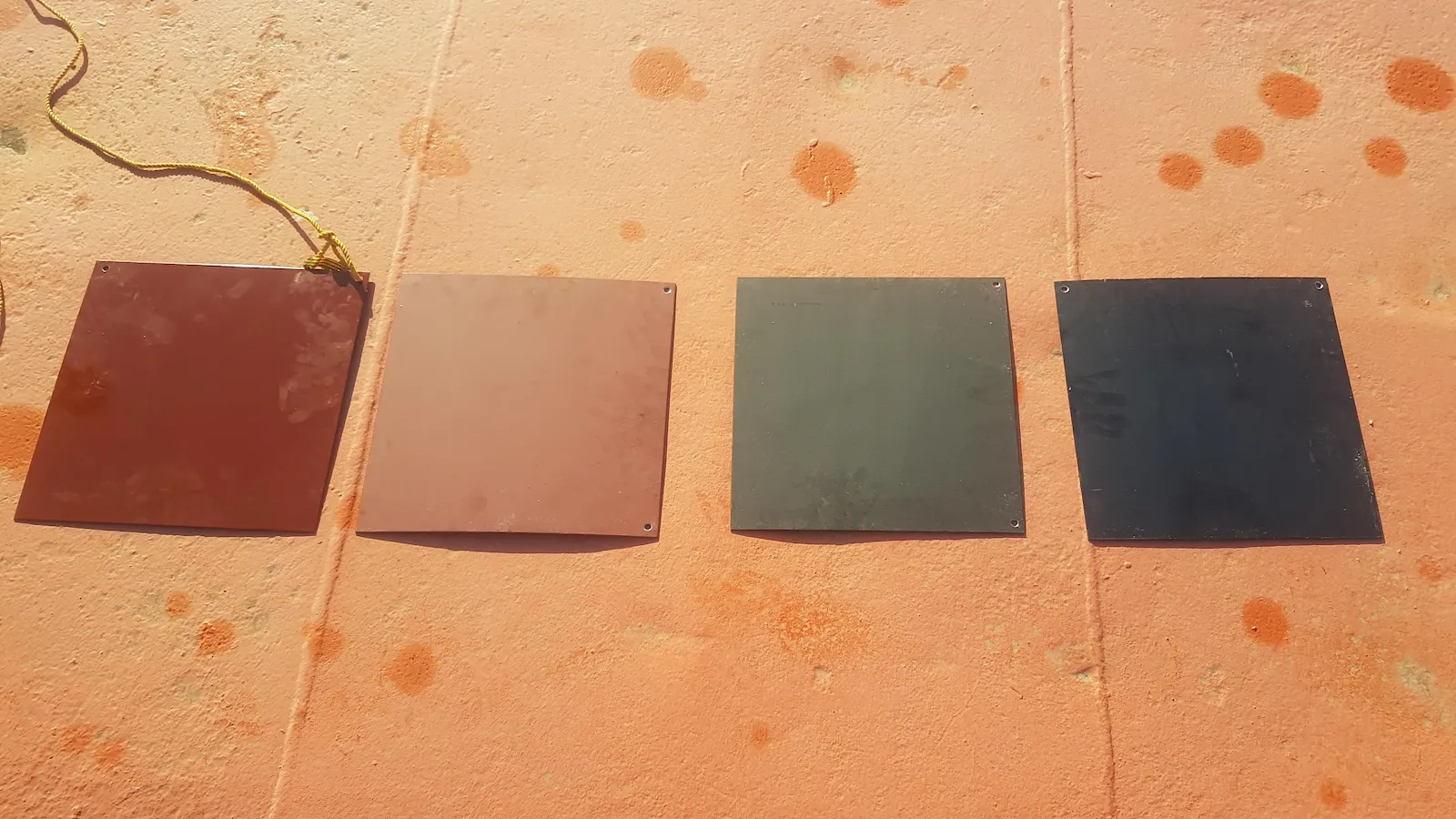The propeller shaft in the after peak tank is provided with inboard and outboard seals. These seals contain nitrile rubber or viton lip seal which seals against the bronze liner shrunk fit around the cast iron propeller shaft.
After a few years it creates grooves on them and naturally loses sealing and sea water can easily find its way inside.
This reduces the lubrication effect and creates wear in the bronze liner. Now as there is enough clearance the shaft will come down by certain amount because of the propeller weight.
This drop in propeller shaft is termed as “propeller stern shaft clearance” or “propeller shaft wear down”.
The reading is taken every dry dock and/or in-water survey in lieu of dry-docking and recorded. In order to take the measurement, we need to have access through the rope guard.
There are different access plates (open/accessible, bolted, and welded). Also, Special equipment needs to be provided from the Chief Engineer onboard, since each vessel has specific customized tools (poker gauge). This poker gauge is used to measure the propeller shaft drop.
Additional, make sure to turn the blade to one position refer to the marking. Normally, we take top measurement and bottom measurement. All measurements will be taken according to IACS standards.
Actual bearing clearance will depend upon shaft diameter, lubrication type (oil/water) bearing material (white metal/synthetic or Lignum Vitae), and loading. Dependent on the factors mentioned above and Class requirements the maximum bearing clearance will vary. Oil lubricated bearings will have a maximum recommended by the maker – controlled by design limitations, stress, alignment and loading. The actual distance measured is less important than the change in distance.
The clearance between the propeller shaft and the bearing should be measured during each In-water Survey in lieu of drydocking
DIVING STATUS is manufacturer of poker gauge and service provider of weardown measurements of tailshaft.
All measurements (top and bottom) are taken according to IACS standards.
